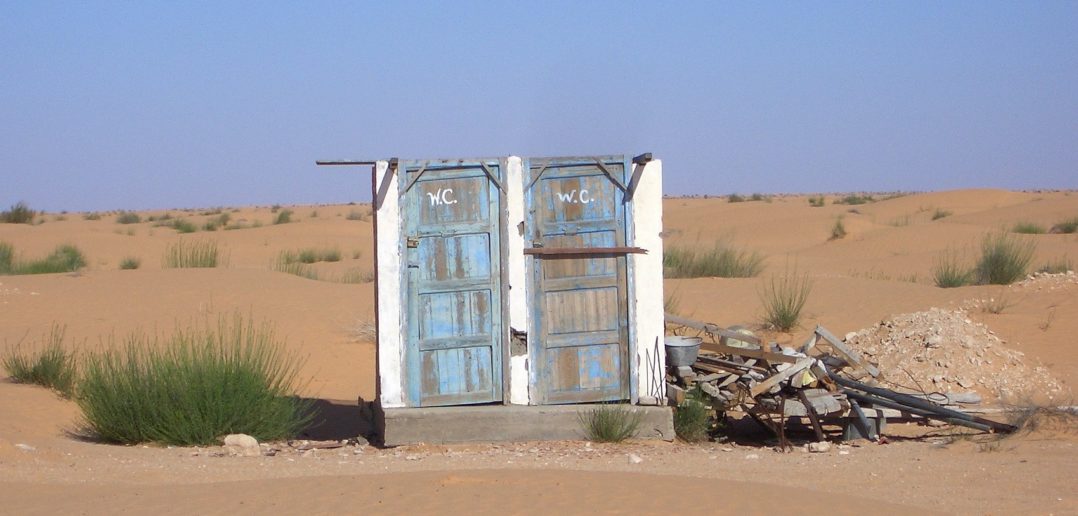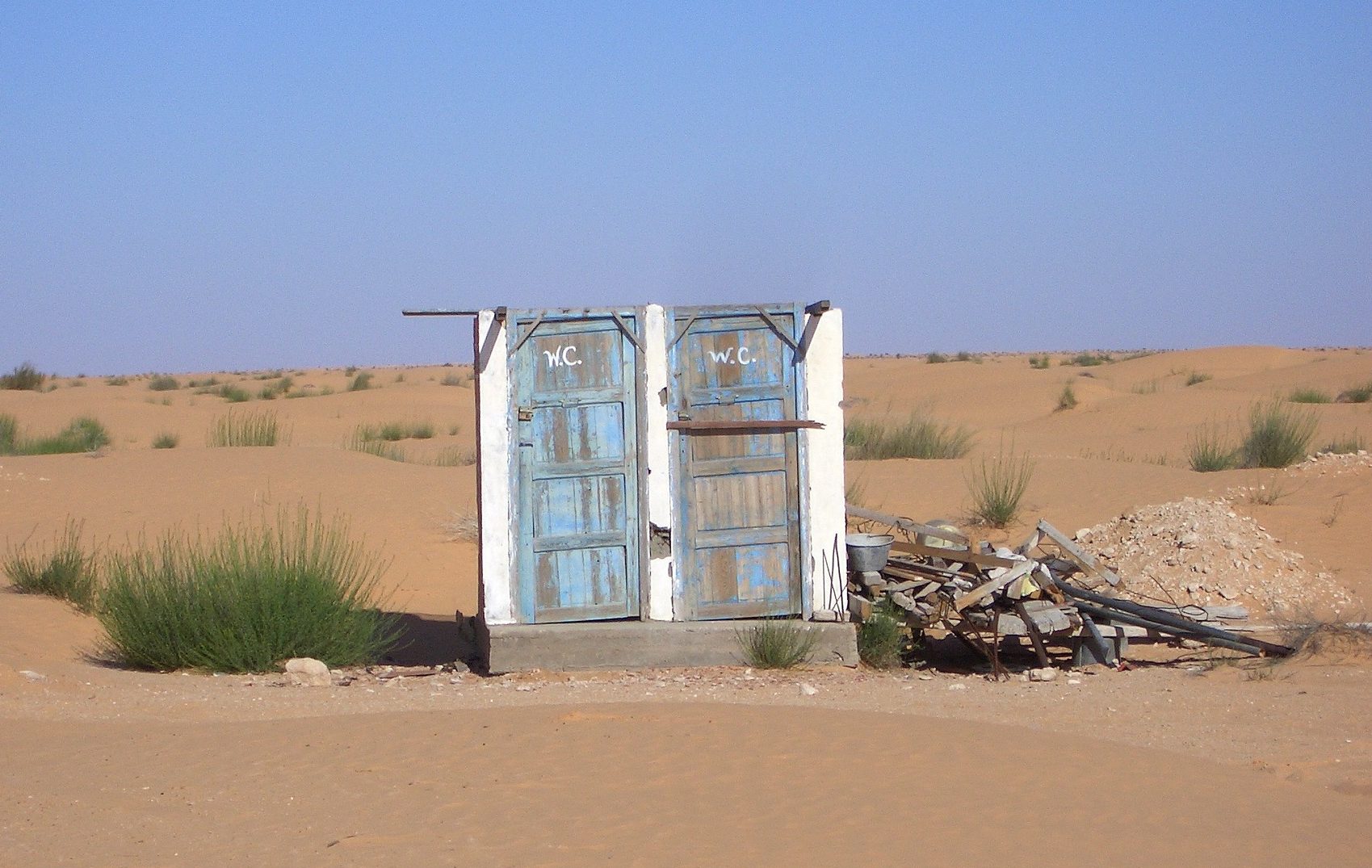Desertification and drought are spreading phenomena.
Well established in the world’s arid zones, they are gradually gaining ground.
June 17, 2021 is World Day to Combat Desertification and Drought.
It’s a day that’s close to our hearts, because it touches on a mission that’s dear to Lecopot: preserving our soils.

Source : Pixabay
Desertification, a phenomenon not to be underestimated
Desertification threatens 40% of the planet.
According to the United Nations Convention to Combat Desertification (UNCCD), this phenomenon refers to “land degradation in arid, semi-arid and dry sub-humid areas resulting from various factors, including climatic variations and human activities”.
This is due to a number of factors, including an already hostile climate (hot and dry) and the hand of man. Pollution plays a role in this phenomenon, as does massive devegetation (wood and other vegetation not replanted) and the development of overexploited agricultural land.
Desertification will affect the soil in depth.
This will start by modifying the surface of the soil. Water will have difficulty penetrating it and will run off the surface. Soil fertility and stability will be affected.
Erosion takes place both hydrically (when water carries away bits of earth) and aeolianally (when wind carries away earth, rocks or sand).
Finally, salinization of the soil due to inadequate irrigation leads to sterilization.
Soil sterilization is a consequence of drought and desertification. But it doesn’t stop there, as humans are also affected, with the impossibility of growing food. Perfect conditions for famine epidemics…
The UN estimates that by 2045, 250 million people will be at risk, and 130 million will have to flee famine and drought due to desertification.
Awareness as the main solution
This problem was identified many years ago, and is becoming increasingly widespread.
North African countries are concerned, and solutions have since been put in place.
Desertification is a process that advances step by step, and only human intervention can remedy it.
The first solution is toraise awareness, educate people about the problem and look after our soils.
The health of our soils is important. They feed us, filter water naturally, help regulate the climate and store carbon.
Soil restoration techniques can be implemented at different scales:
- re-vegetate soil by planting trees (and other vegetation). The soil will be richer and will capture more water, but will be less loose.
- restore wetlands and create water features such as ponds
- create “windbreaks ” to prevent wind erosion by erecting artificial dunes or planting suitable vegetation in weakened dunes.
The most important thing is to preserve forests and vegetation zones, as they have a major impact on soil quality, soil maintenance and water action.
Also, to give an impoverished soil a boost, you can feed it with compost, which will provide it with additional nutrients.
What about dry toilets?
Bio-controlled litter dry toilets operate without water. There’s so much more you can do with that water than just relieve yourself in it…
The compost produced by emptying dry toilets will nourish the soil, whether for planting or just to enrich bare soil.
Compost is full of nutrients for the soil. It willimprove its structure as well as water penetration and retention. Erosion will therefore be avoided. Compost also boosts plant health, making them more resistant to disease.
Nourishing the soil is a solution we can all implement.
Find out more about
dry toilet composting
Together, let’s preserve our green zones, so essential to our planet and to mankind.
Sources :
https://www.cairn.info/mediterra-2009–978272461109-page-137.htm?try_download=1
https://www.fondation-nicolas-hulot.org
